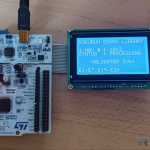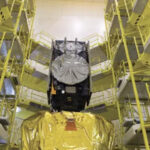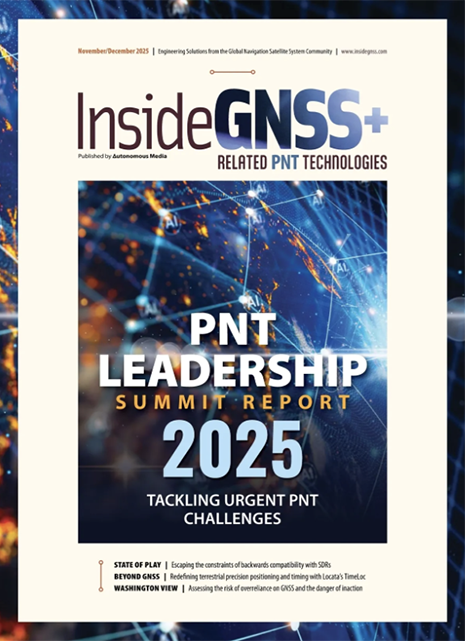Anello Reveals GNSS INS System with ‘World-first’ Optical Gyro
Santa Clara, CA-based startup Anello Photonics has announced a GNSS INS module that it says is the world’s smallest optical gyro inertial navigation system for GPS-denied navigation and localization. It is powered by the company’s optical gyroscope technology and AI-based sensor fusion engine, the combination engineered to deliver high-accuracy positioning and orientation for applications in the agriculture, construction, robotics, and autonomous vehicle space.
By Kevin Jost













